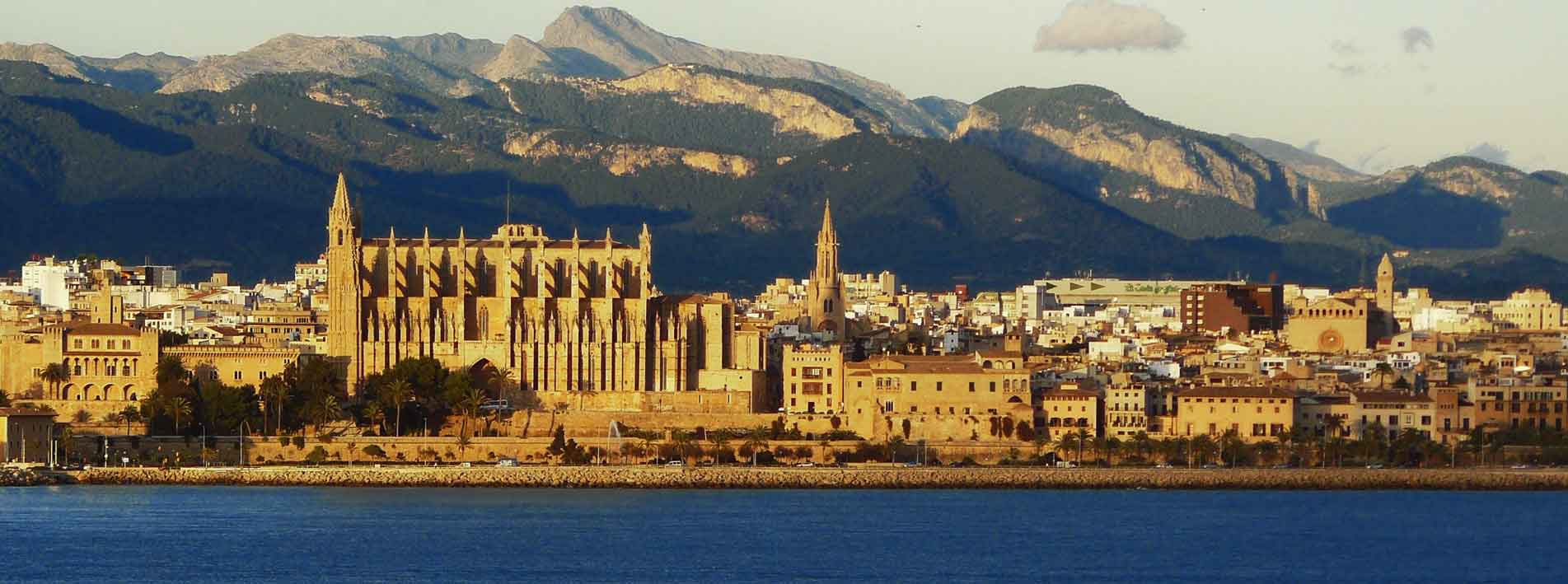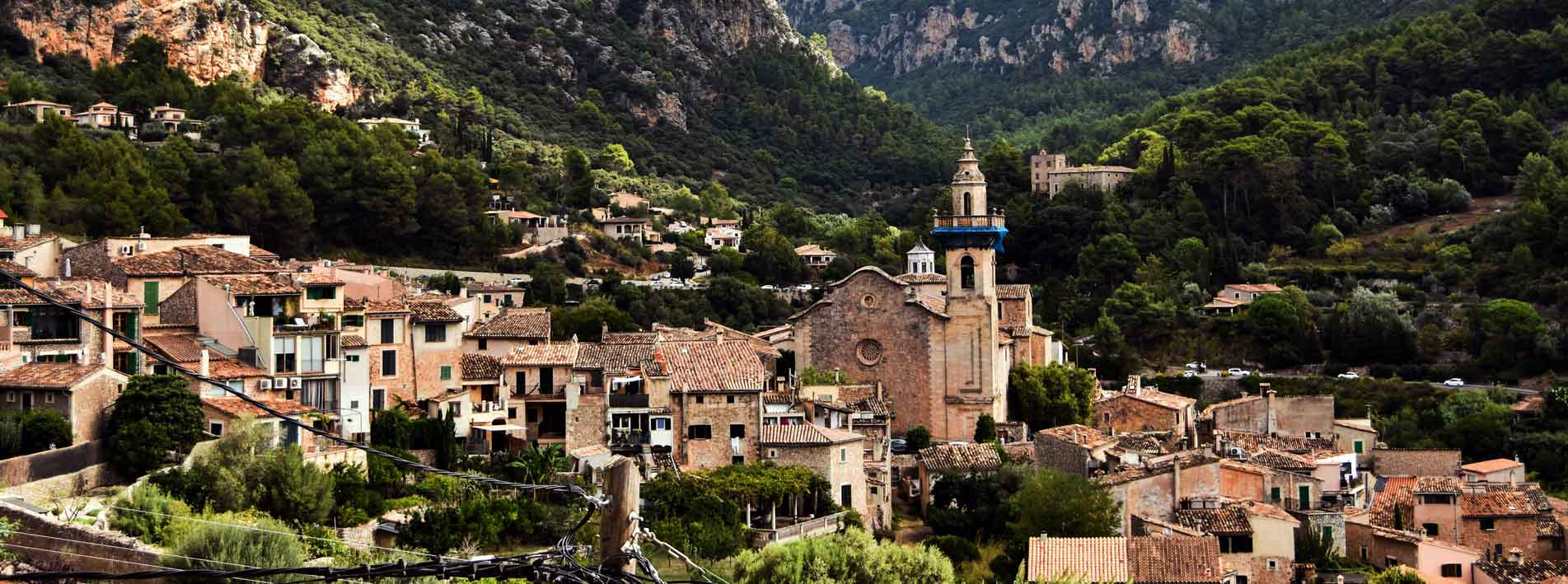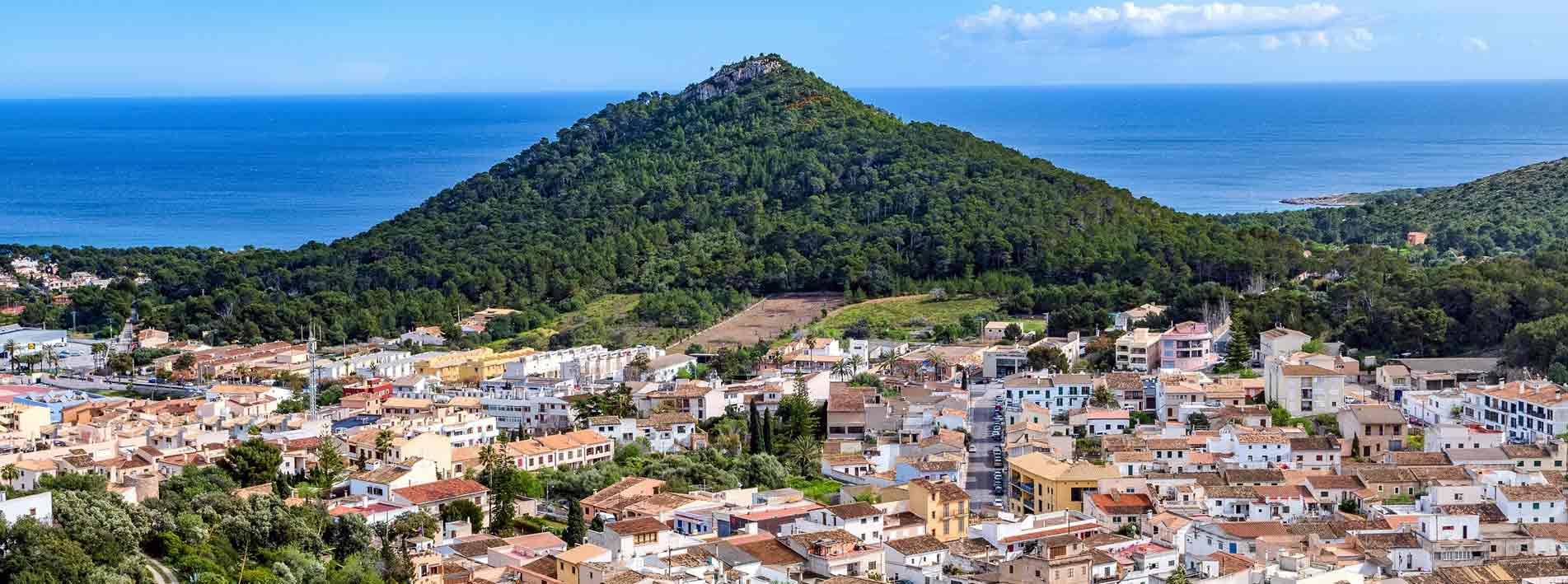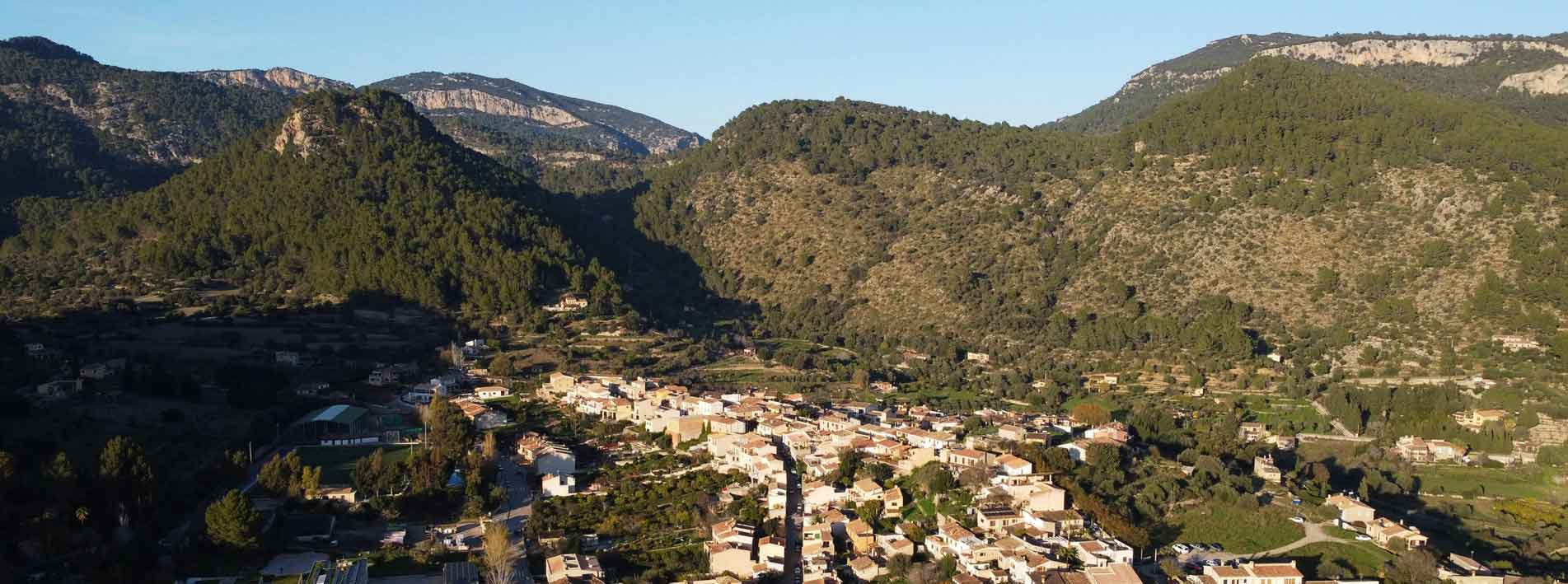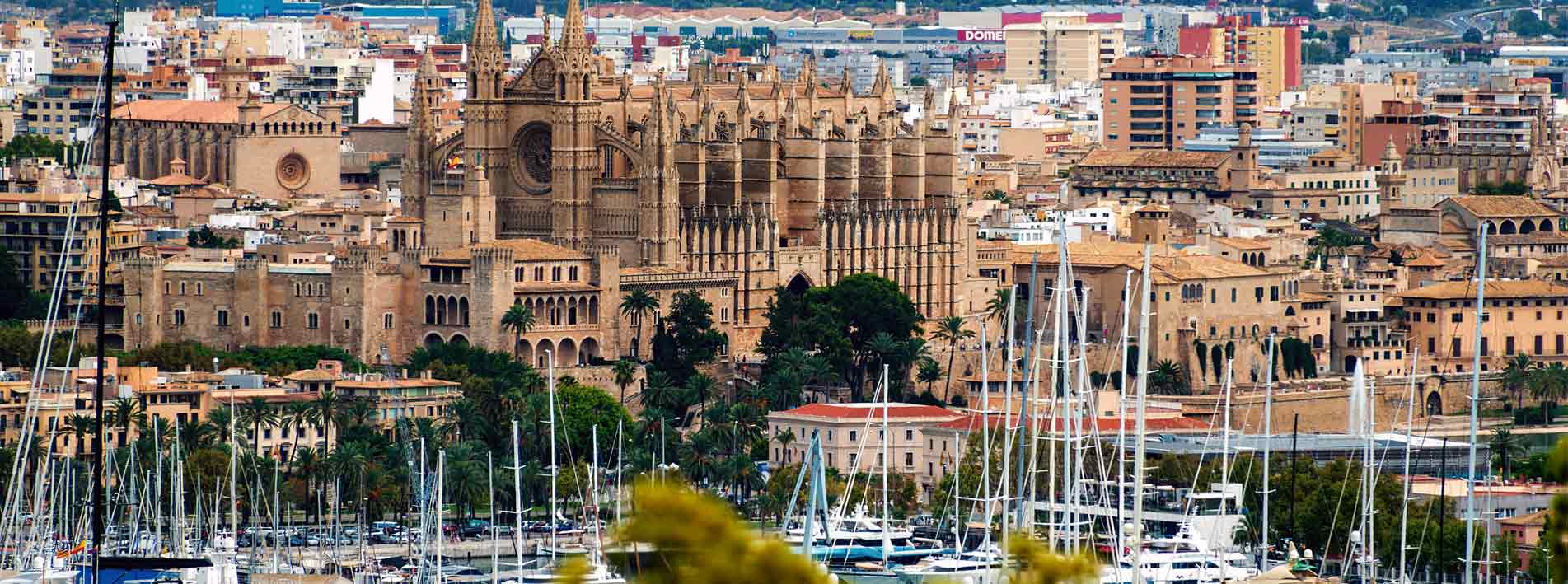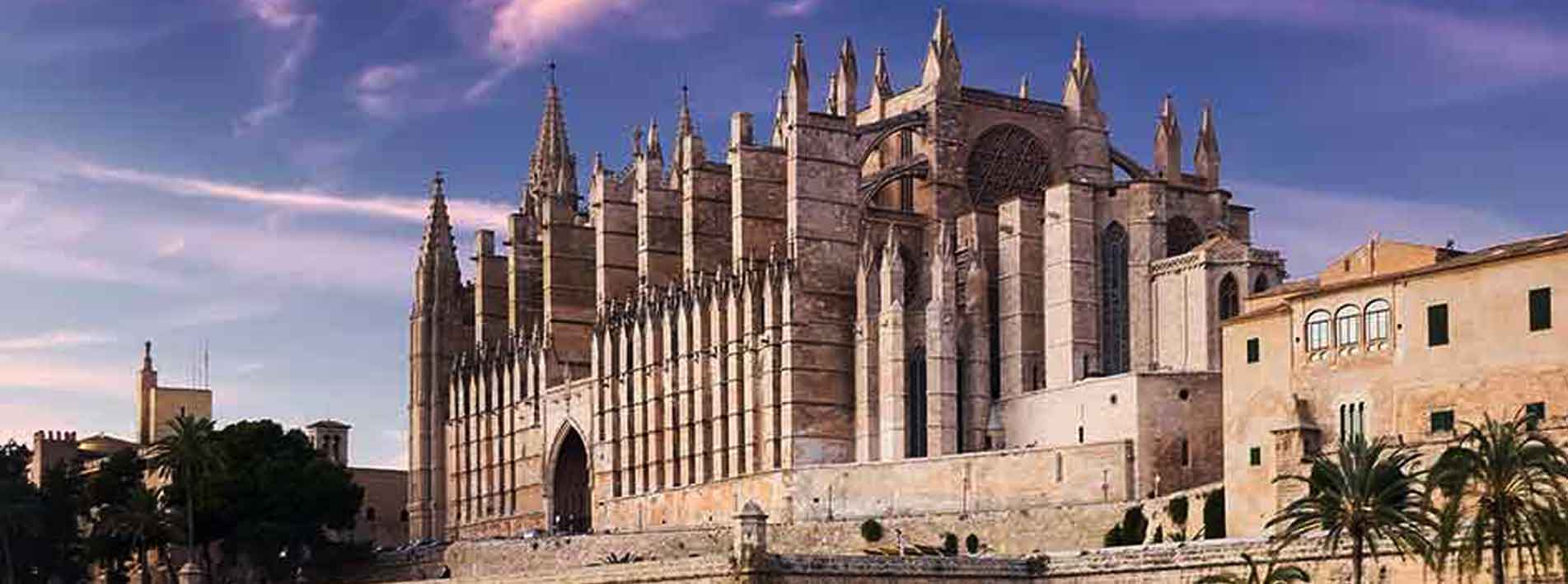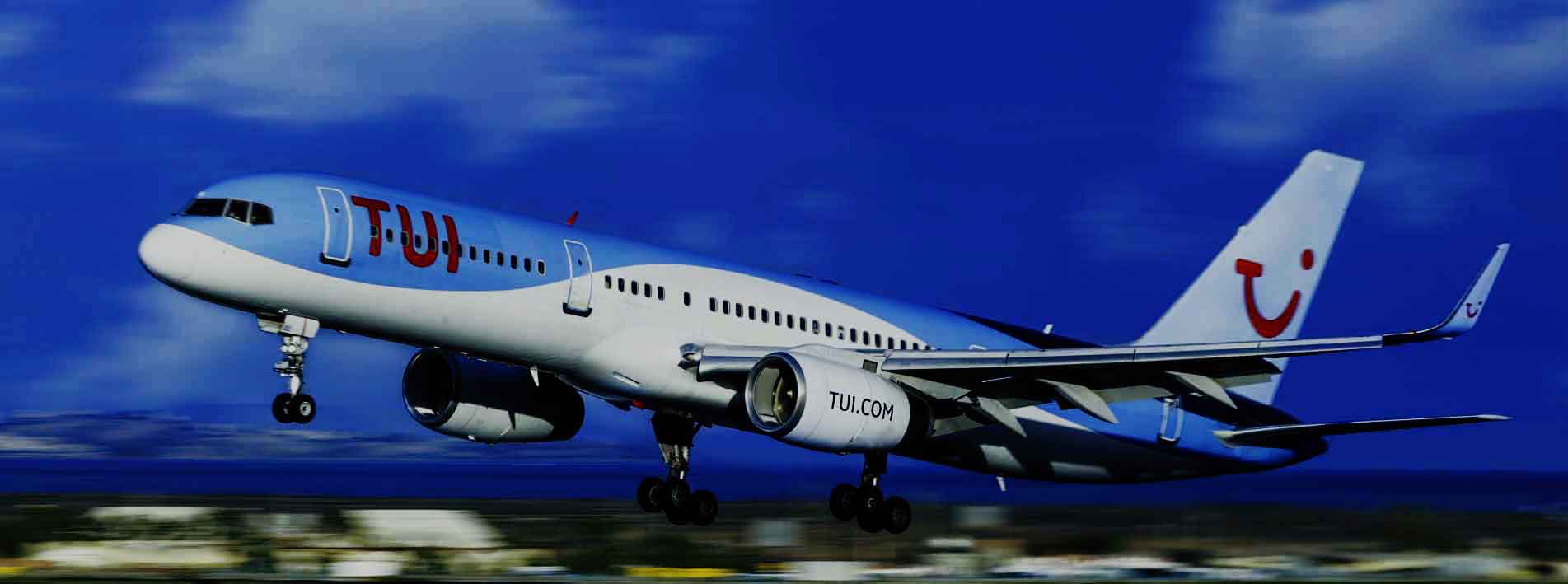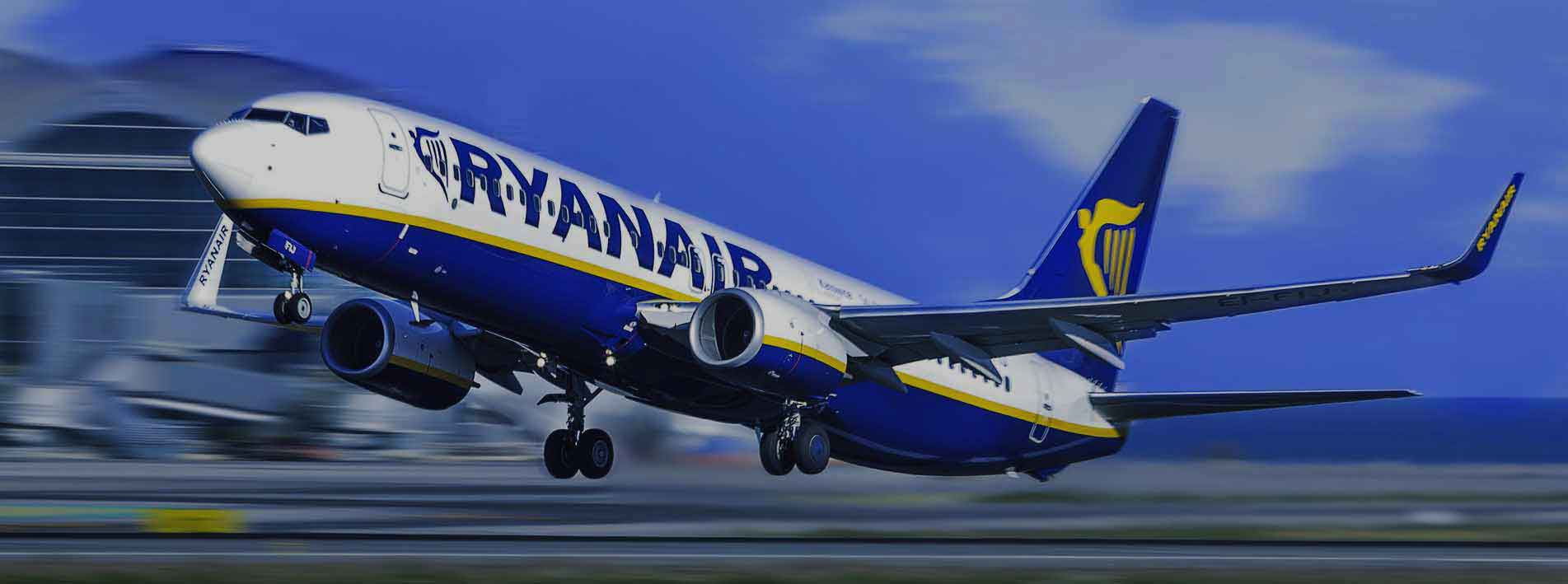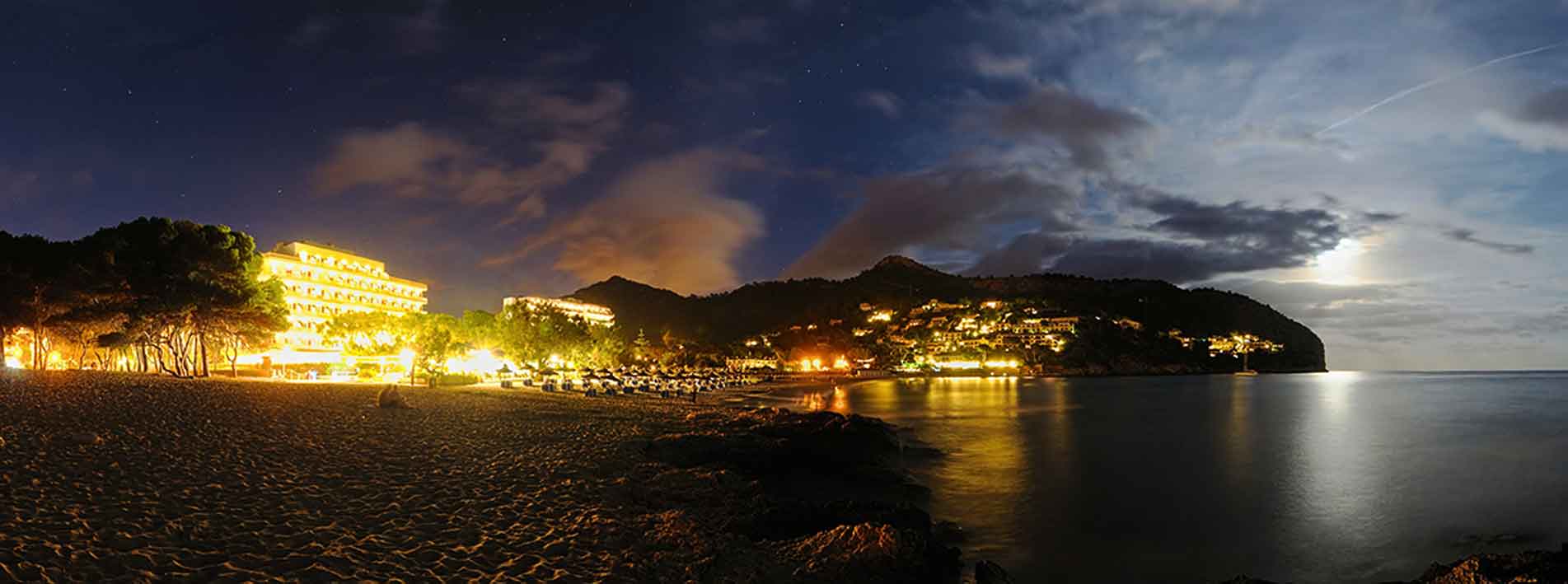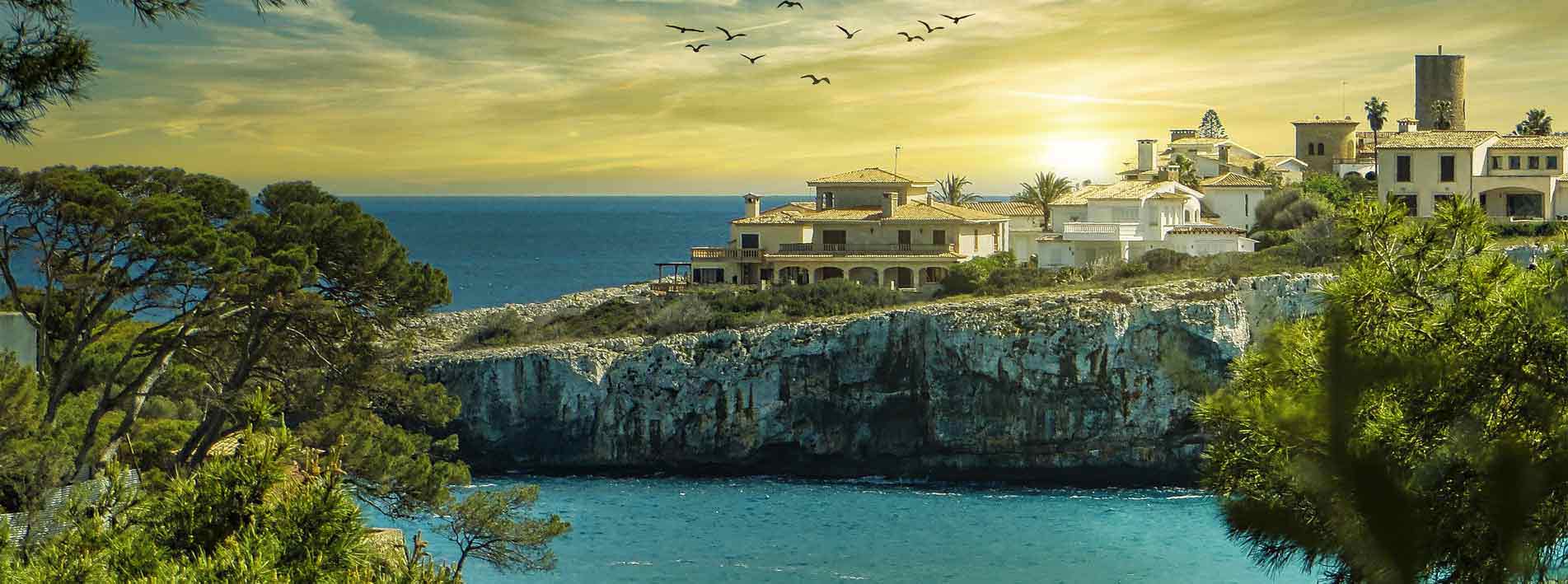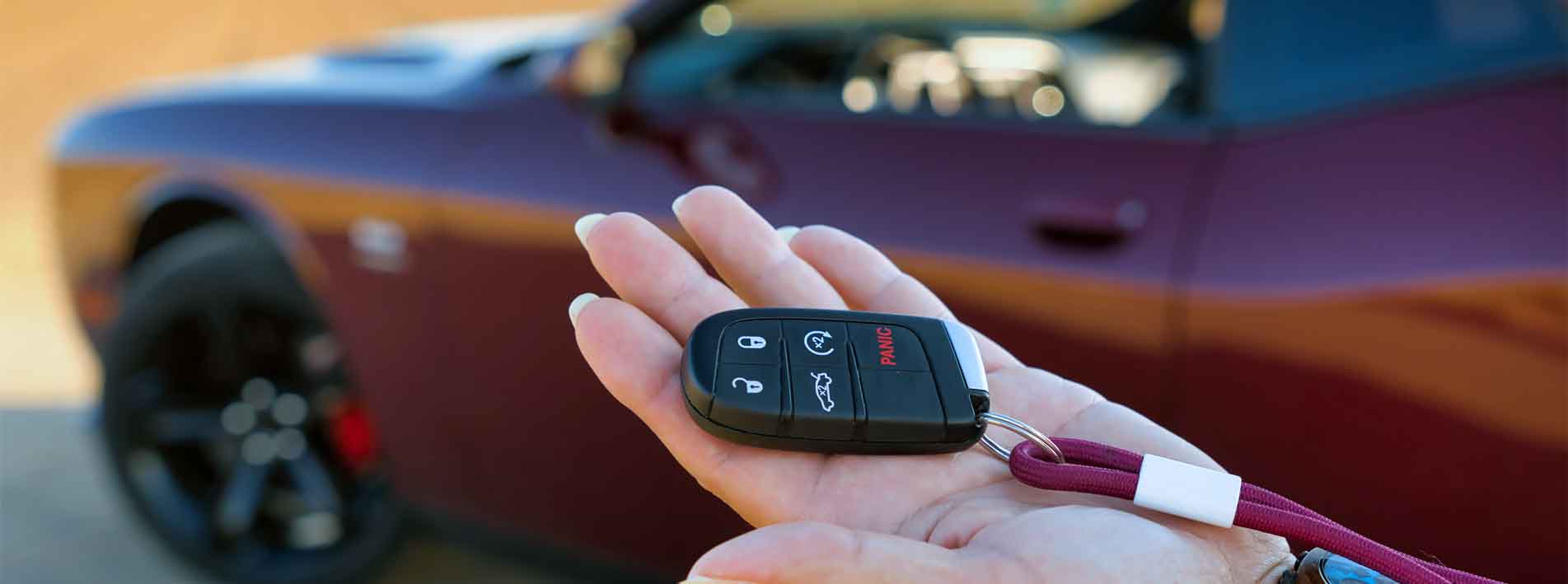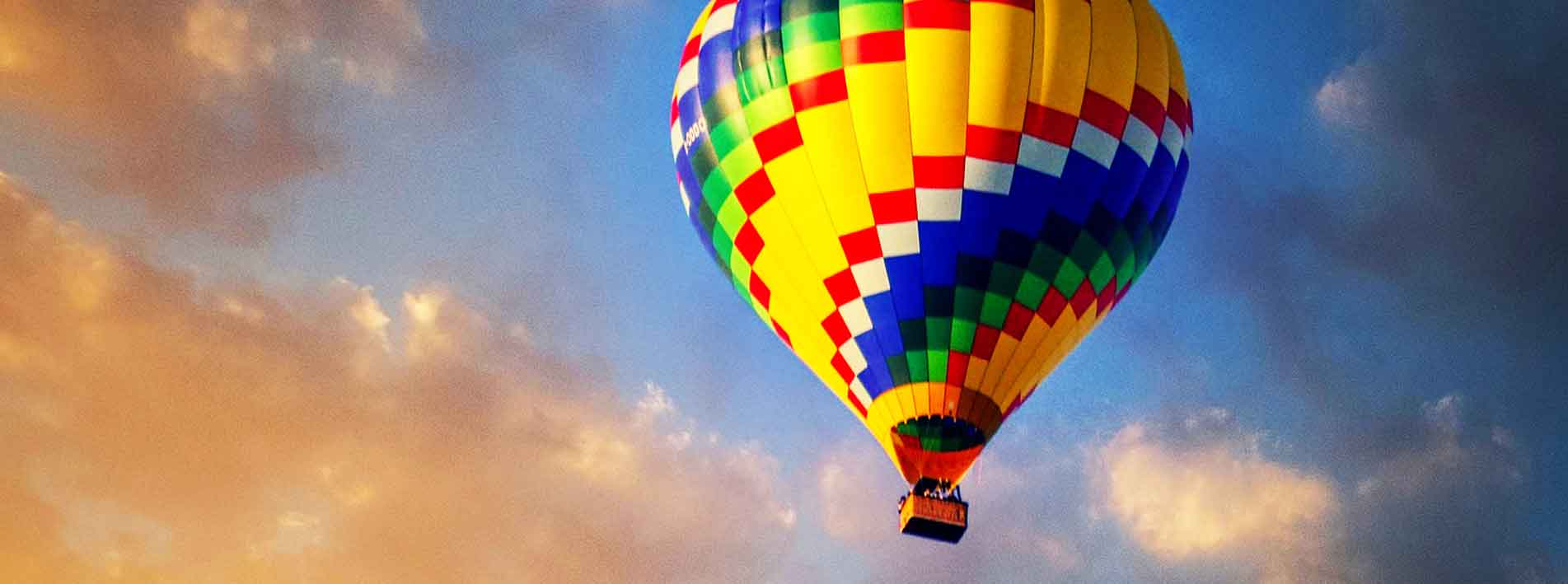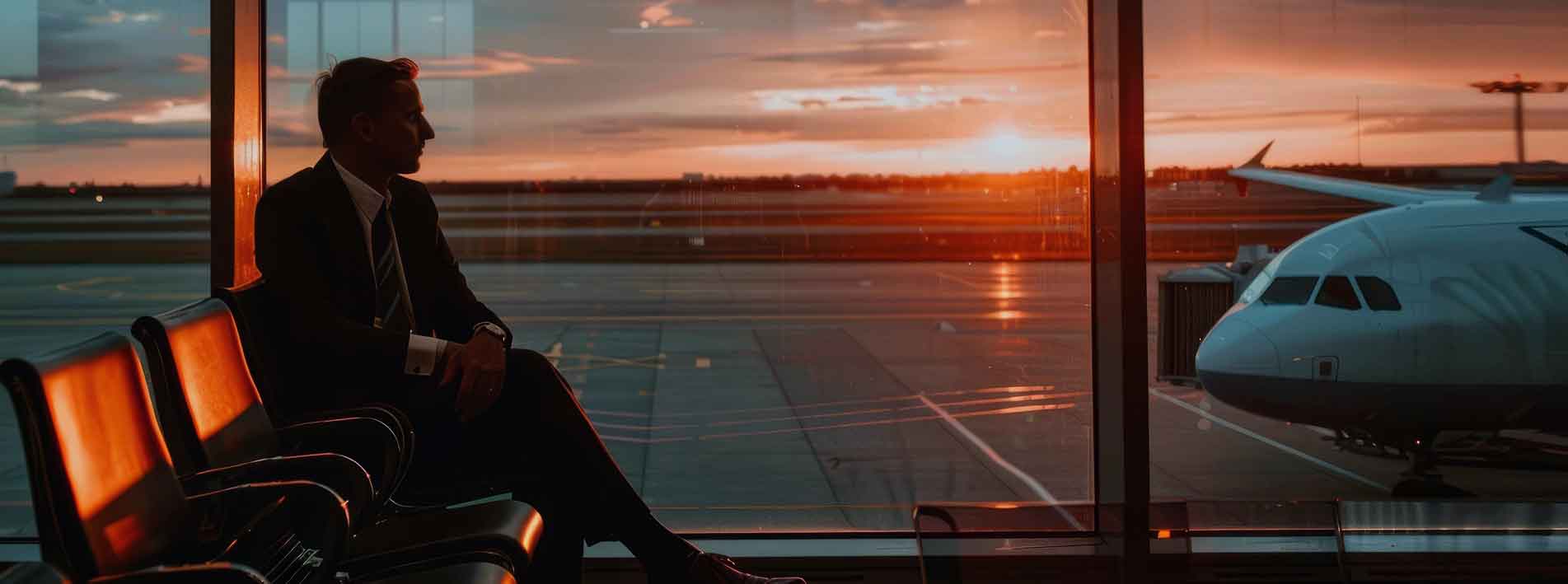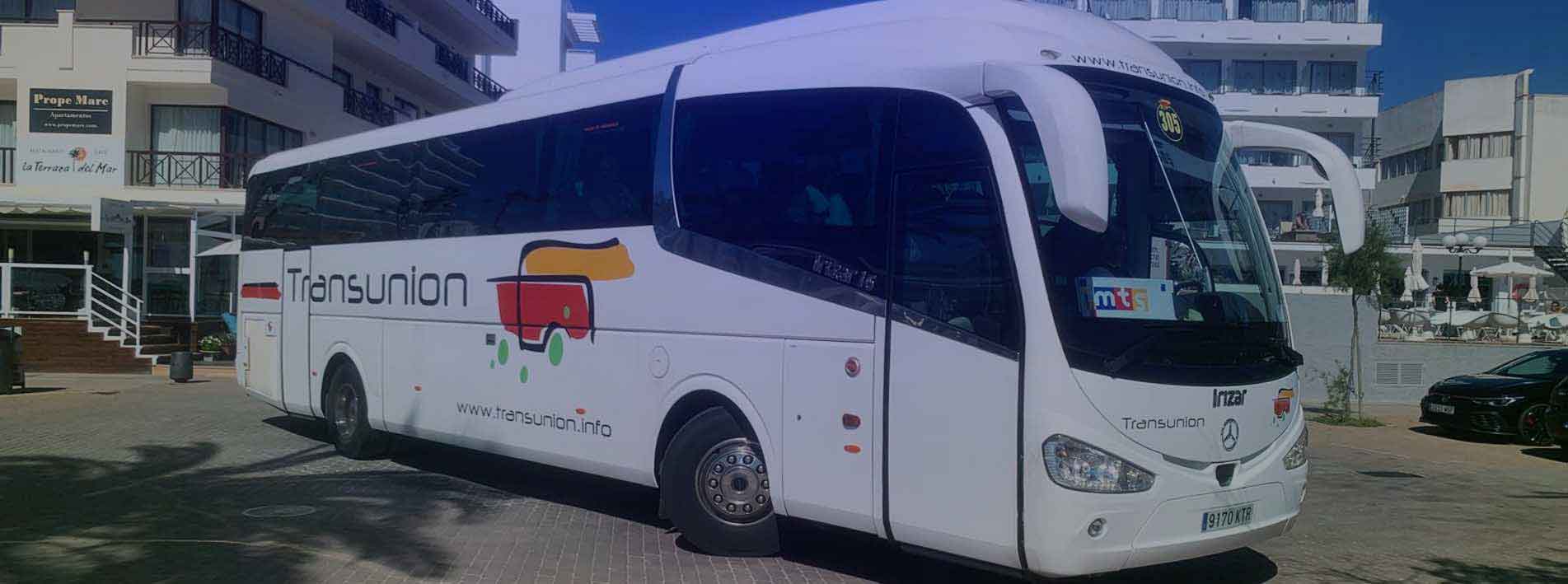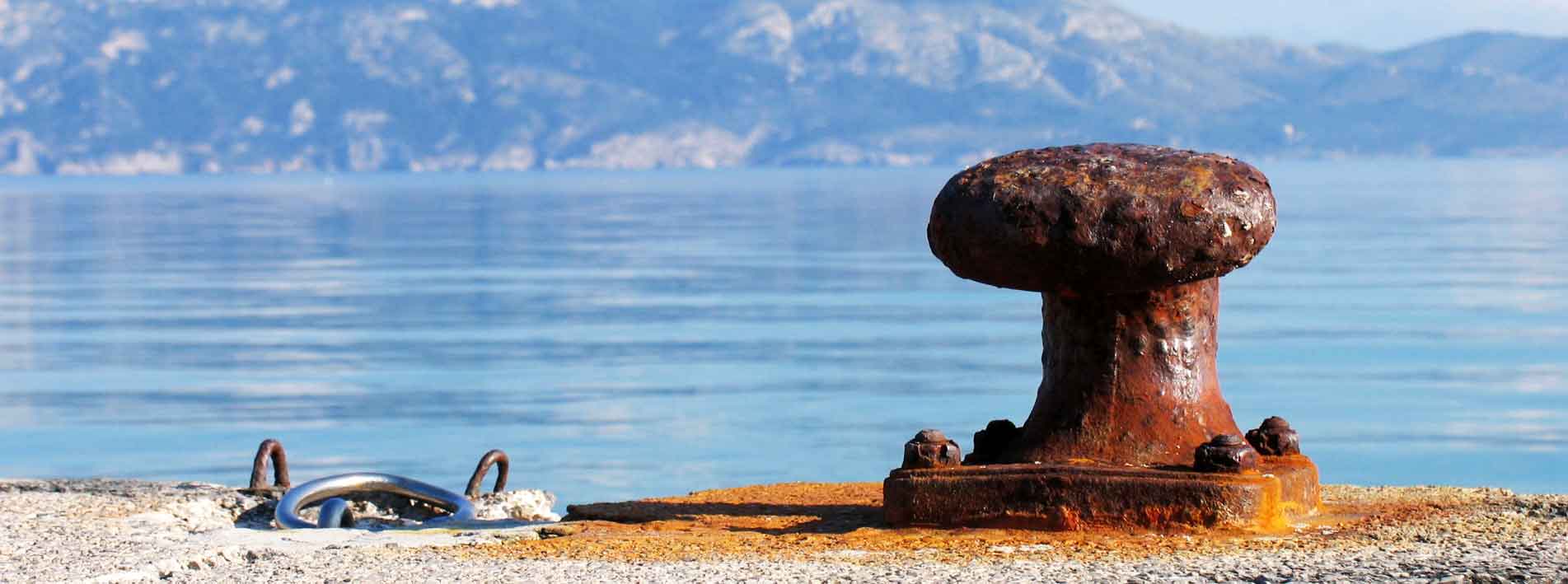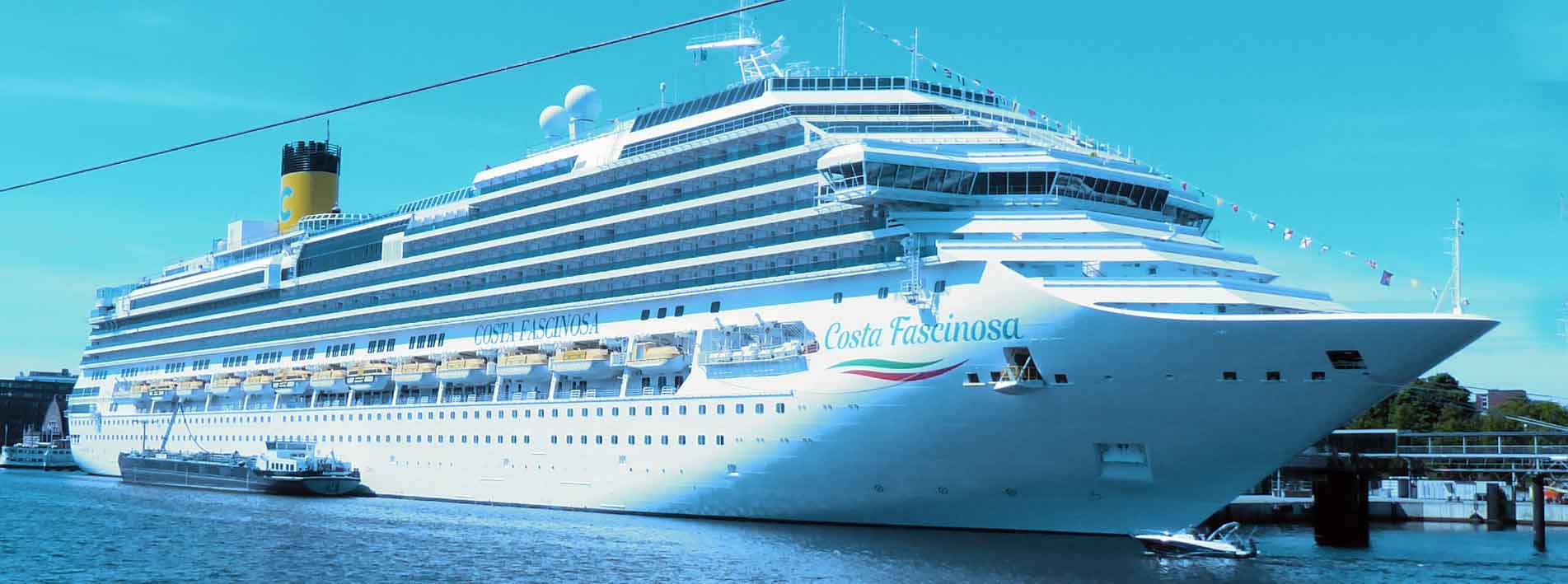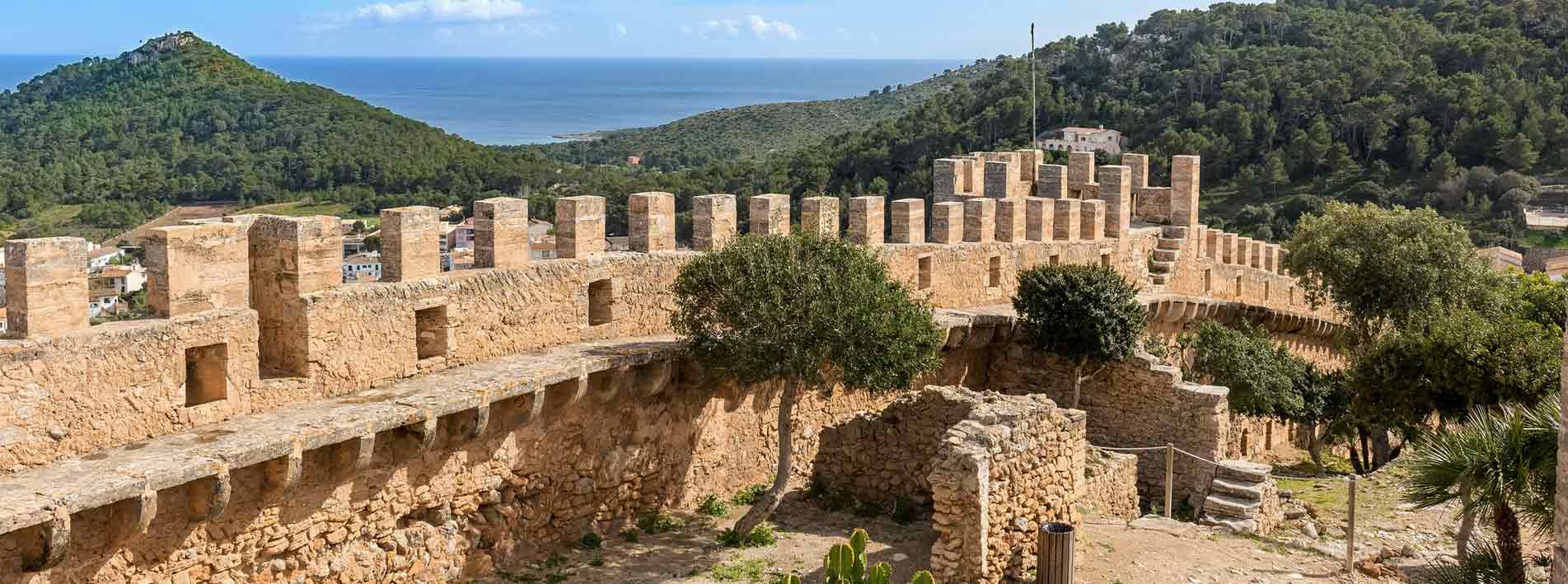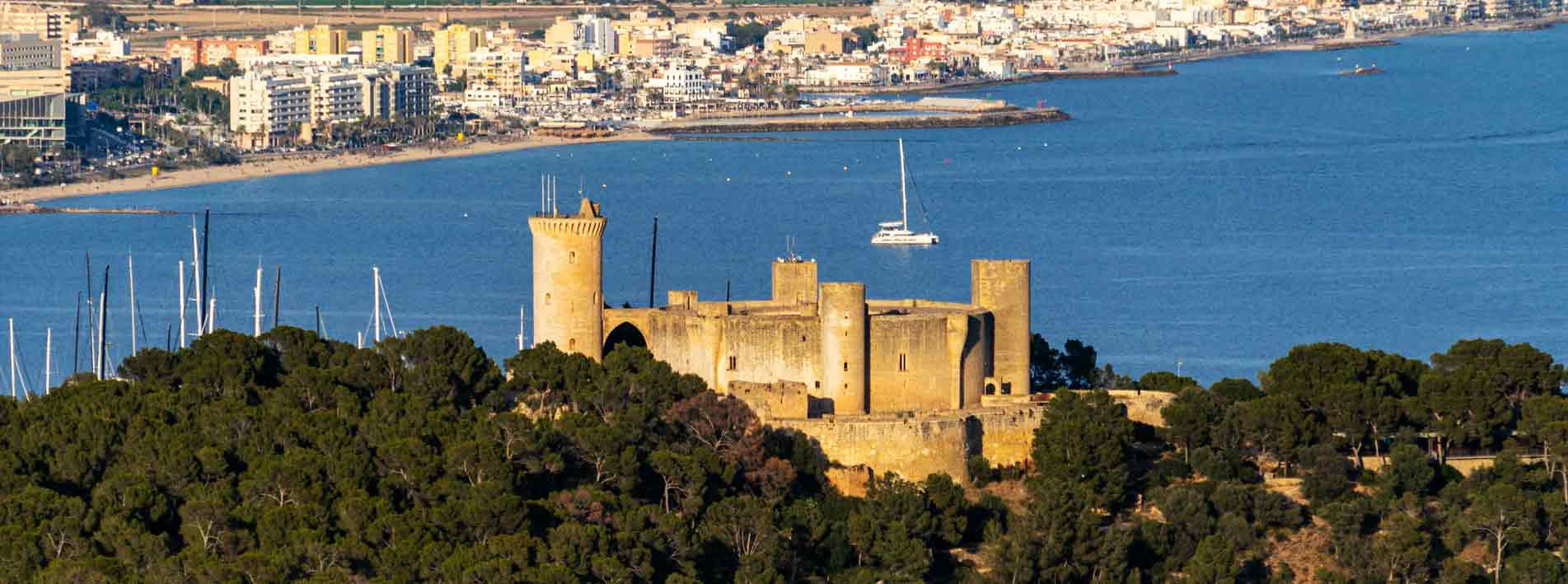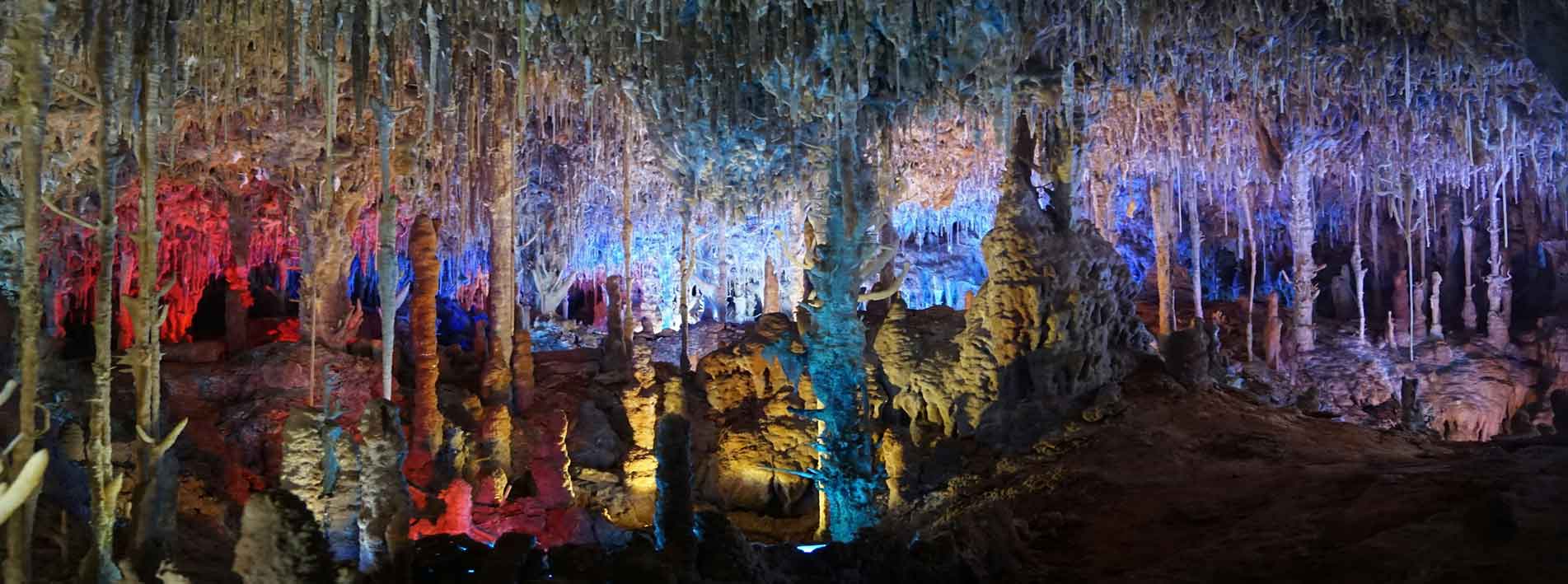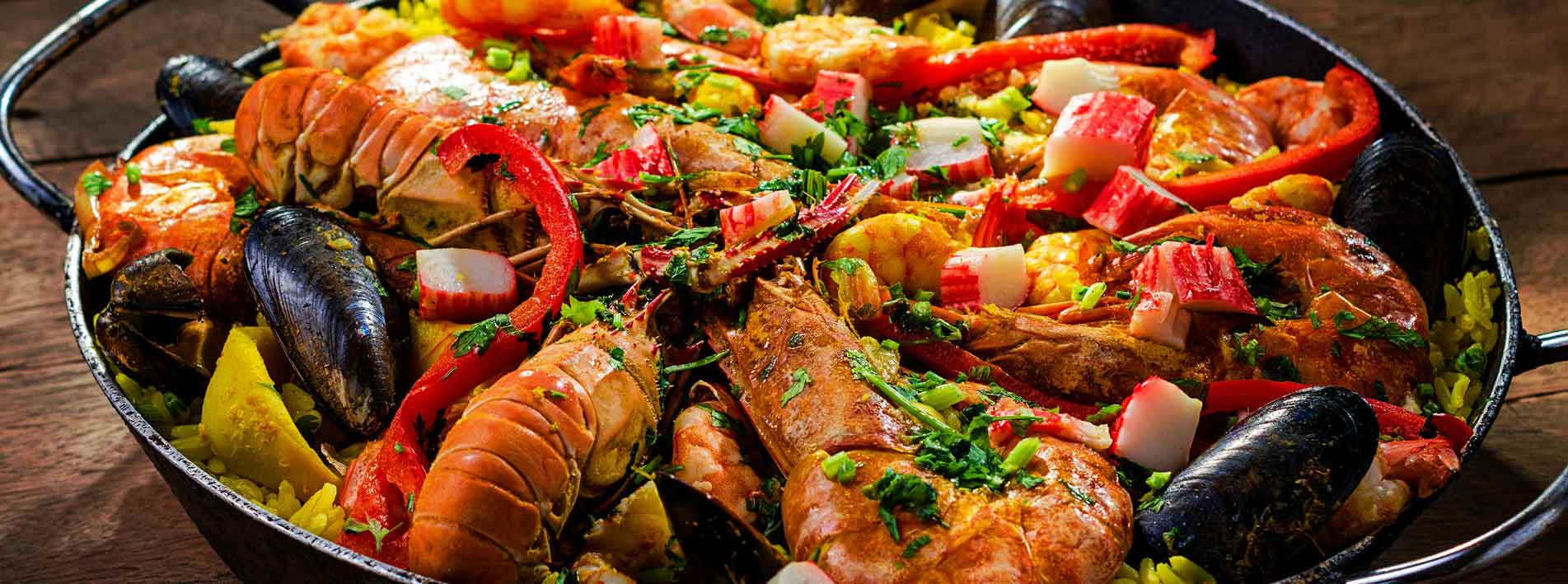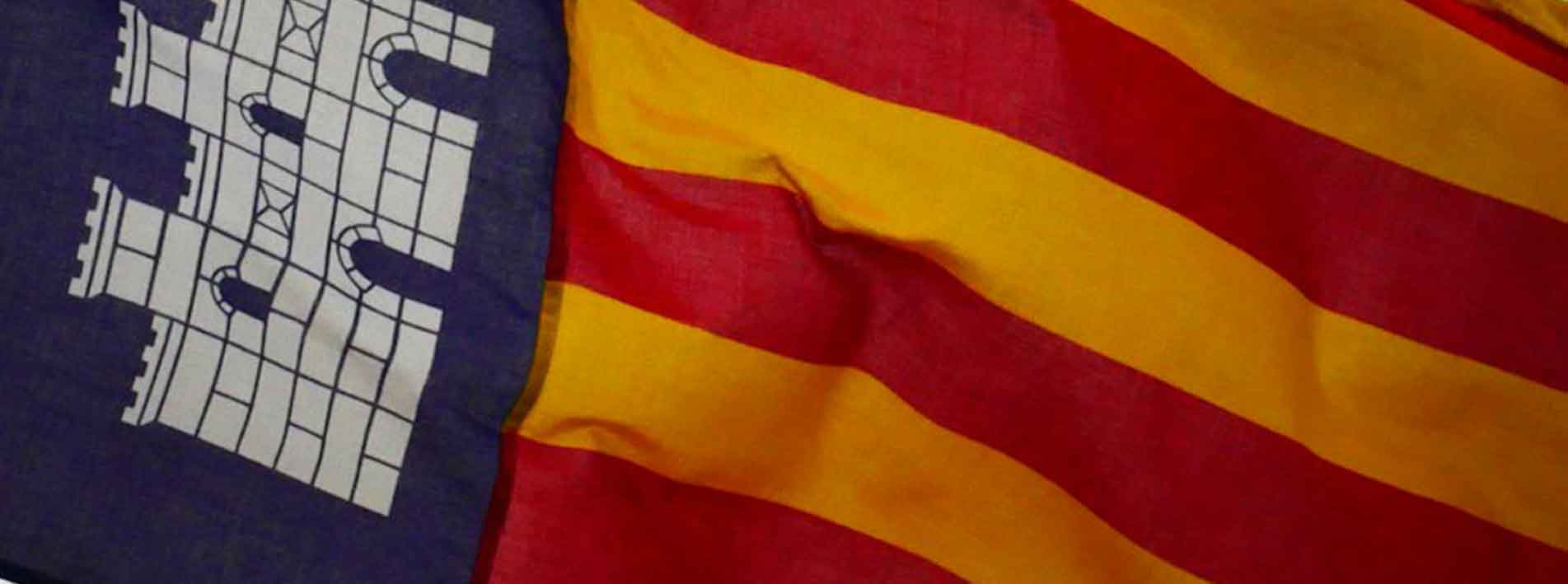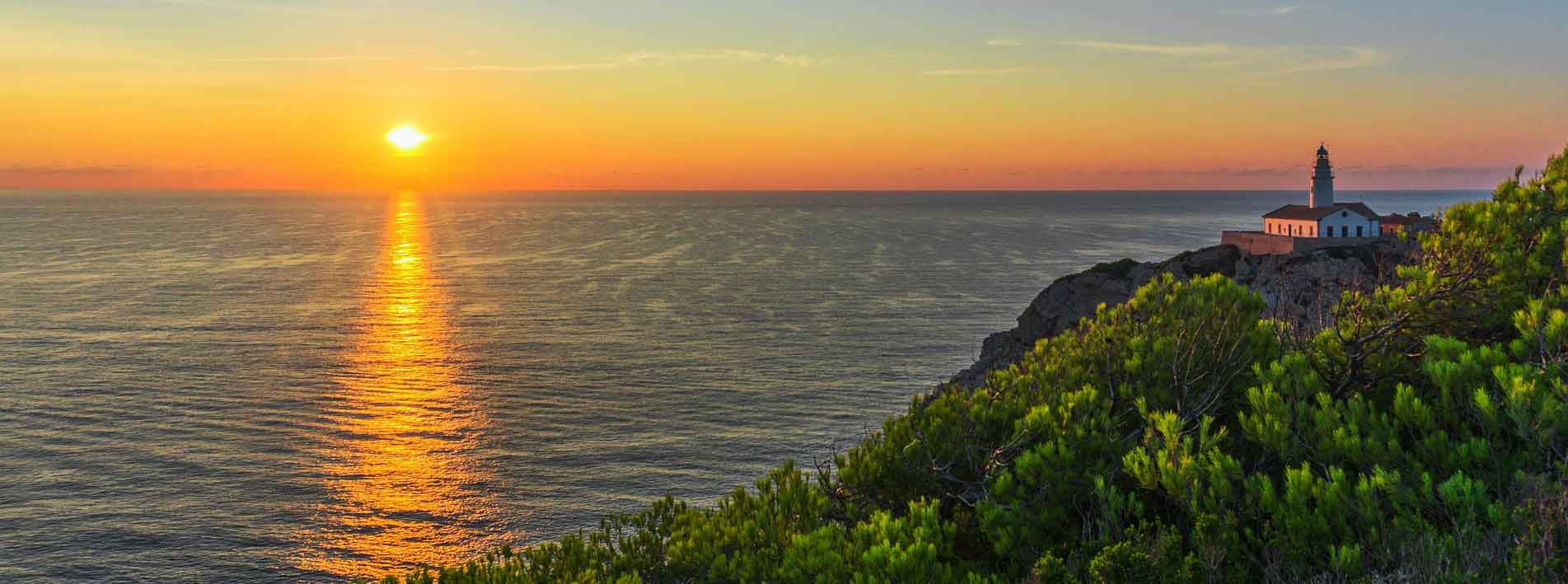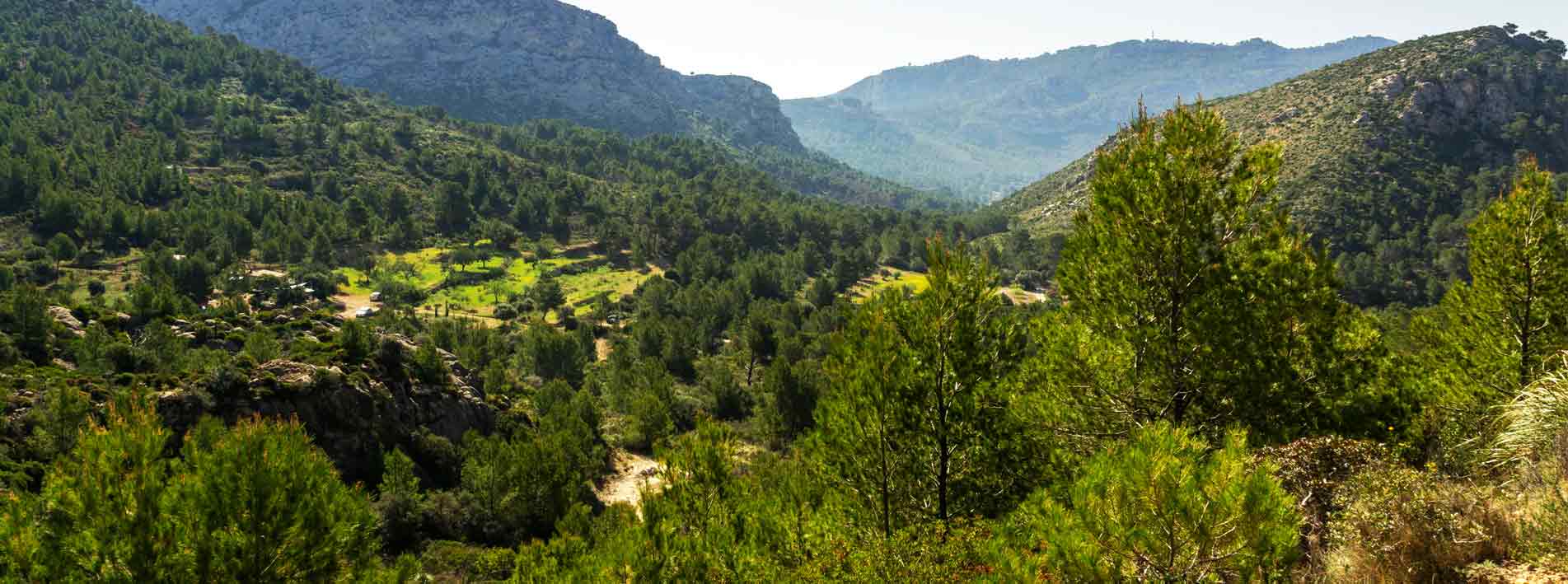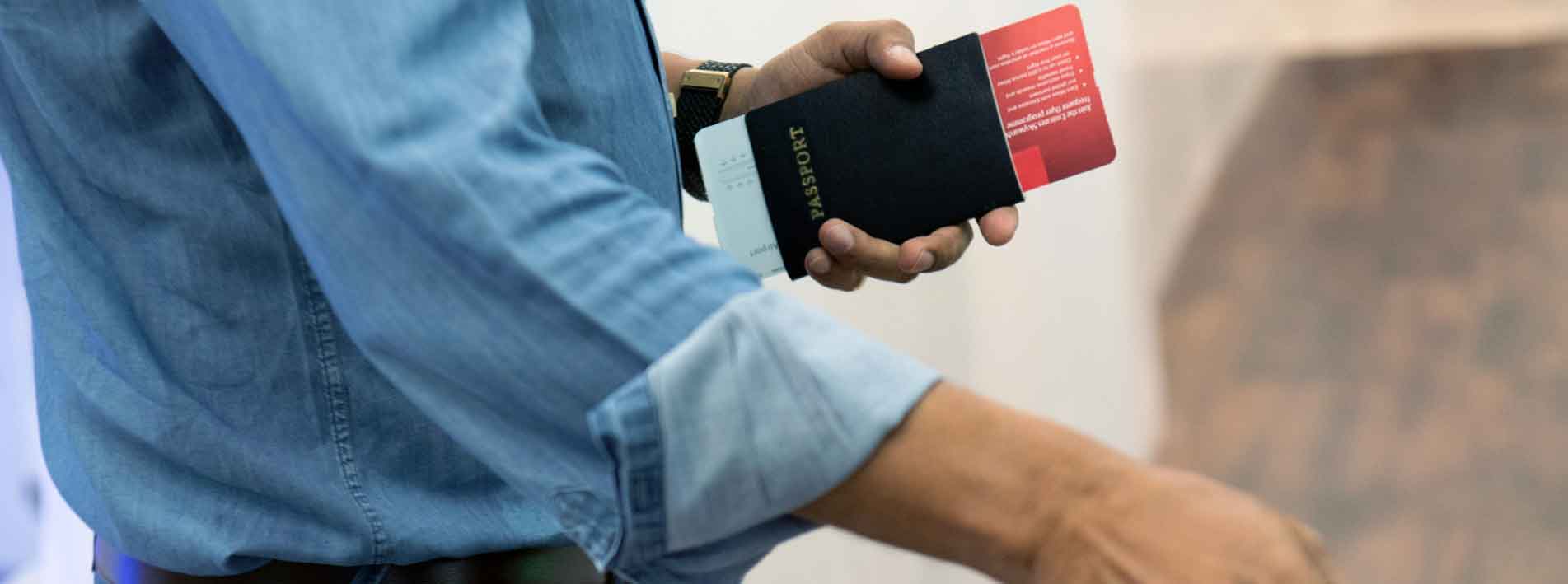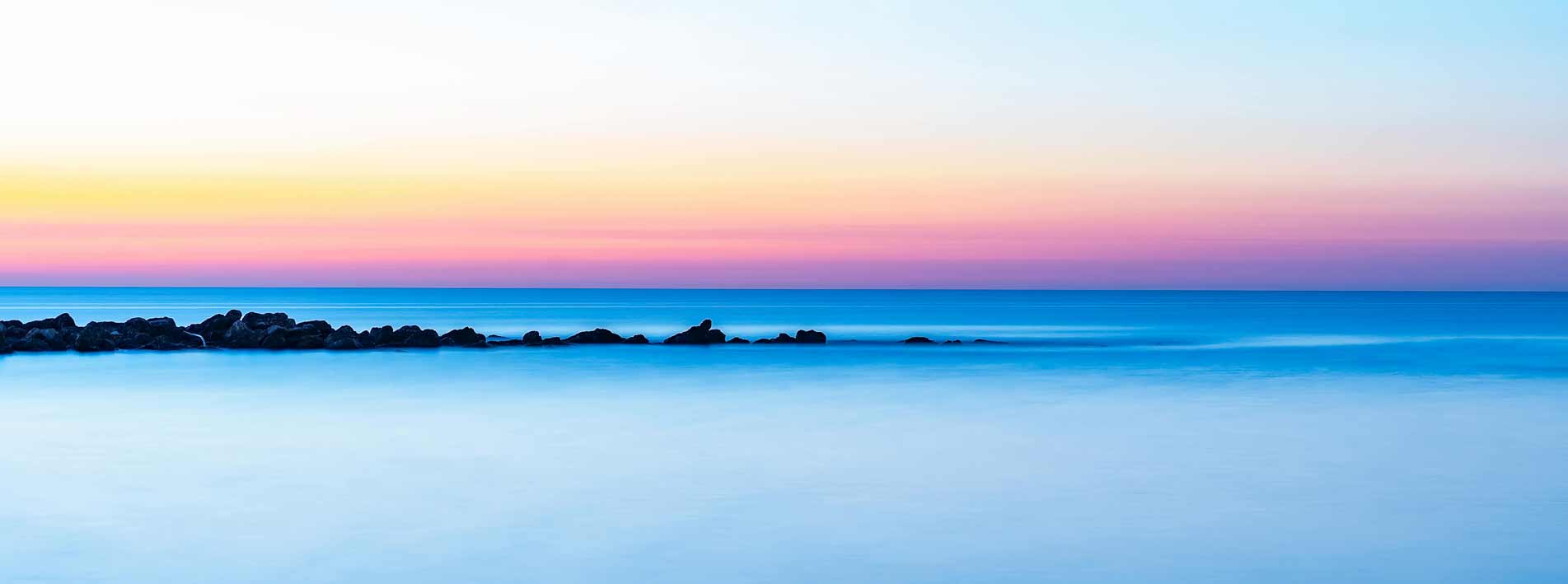Mallorca
Mallorca (not Majorca), the largest island of the archipelago of the Balearic Islands in Spain, is the most popular island in the Mediterranean and one of the most acclaimed tourist destinations in the world. Every year more than four million tourists visit this great little island, ready to discover its paradisiacal and exuberant nature, its culture, its cities, its festivals and customs…
General information about the island
Area: approx. 3,640 km².
Length of coastline: approx. 580 km.
Beaches: more than 250 beaches (along 50 km in total).
Location: Western Mediterranean Sea, Eastern Spain.
Country: Spain.
Autonomous Community: Balearic Islands (cat.: Illes Balears).
Total population (2024): approx. 949 047 inhabitants.
Population density: 265.5 inhabitants/km².
Municipalities: The island is territorially divided into 53 municipalities (villages).
Comarcas: Although not legally recognised, the 53 municipalities of the island are grouped into 6 comarcas: Palma, Serra de Tramuntana, Raiguer, Es Pla, Migjorn and Llevant.
Capital city: Palma (approx. 431 521 inhabitants according to INE 2024).
Other important towns in Mallorca: Calvià, Manacor, Llucmajor, Marratxi, Inca, Felanitx, Alcúdia…
Languages: Catalan, Spanish.
Hymn of Mallorca: La Balanguera.
Religion: Although Mallorca, as part of the Spanish state, is a non-denominational autonomous community, the religion that is professed here is mainly Christian Catholicism.
Highest point: Puig Major, in the Serra Tramuntana (1,445 metres above sea level).
Currency: Euro €.
Majorca’s economy: Mainly tourism-related activities. Services, some small industries and agriculture predominate.
Climate of Mallorca
Mallorca has a pleasant Mediterranean climate, with mild winters and hot, dry summers. The island has many sunny days a year. Among visitors, the climate is one of the most valued elements of the island. As it is an archipelago, the humidity level is naturally very high.
Geographical location of Mallorca
Mallorca is very well communicated and has excellent accessibility. Located in the western Mediterranean, 180 kilometres from the eastern coast of the Iberian Peninsula, the island can be reached by ferry, from different coastal points of the peninsula and other islands, or by short flights, which is why it has become a very popular holiday destination. Its tourist infrastructure is highly developed and it has many kilometres of magnificent coastline (with long sandy beaches and clear waters, small coves and impressive bays).
Nature in Mallorca
The geography of Mallorca is divided into three territorial strips with two mountain ranges occupying two thirds of its territory: the Serra de Tramuntana in the west and the Serra del Llevant oriented towards the east coast and a fertile plain that extends between the two structures.
There are numerous natural parks and biosphere reserves on the island that represent the natural diversity of the island. Among these natural sites we can find, for example: the Natural Park of Mondragó, the Natural Park of s’Albufera, the Natural Park of Llevant, the Natural Park of Sa Dragonera and many others.
The Serra de Tramuntana
The Serra de Tramuntana is highly developed and yet not overcrowded. Here nature is largely untouched, unspoilt, with an almost wild and enchanting vegetation. In the Tramuntana mountain range there are several quiet villages that preserve an aura of pristine, primeval spaces. On its coasts, sometimes with steep cliffs, the small fishing communities reflect the other side of the island. This is an area of beautiful bays with crystal-clear waters that invite you to relax.
The Serra del Llevant
Mallorca’s Serra of Levante (serra del Llevant) is one of the most easterly geological formations in Spain. It forms part of the small mountain ranges, hills and turons of the Balearic Islands. The Sierra de Levante is located in the northeast of the island. It runs from southeast to northeast, following an axis clearly parallel to the coastline, at an approximate distance of 11 kilometres from it.
Traditions and culture of Mallorca
The island of Mallorca has been inhabited for many millennia and the first evidence of settlement dates back to 6000-4000 B.C. Culturally speaking, Mallorca is the result of many centuries of confluence of different civilisations, as an authentic cultural melting pot. This is an island rich in traditions, where handicrafts, popular festivities and gastronomy stand out above all.
On the island you will find many historical monuments and an extensive architectural legacy: Talayotic ruins, archaeological sites and historical buildings that tell the rich history of the island. On the other hand, there is a wide and varied cultural offer on the island. Throughout the year there are concerts, festivals, visual arts exhibitions, literary competitions and much more.
Palma, the capital
Palma de Mallorca is the capital of the island and is one of the most attractive cities in Spain. Palma has a fascinating old town with a lively historic centre, a lot of culture to discover and a magnificent architectural heritage. The Cathedral of Palma (La Seu), the royal Palace of the Almudaina, the Castell de Bellver, are some of the most frequented historical sites that you should not exclude from your itinerary. From the latter you have a breathtaking panoramic view of the bay of Palma and its long beaches that attest to its natural attraction.
Palma de Mallorca Airport
Palma’s airport is called Son Sant Joan Airport. It is a very modern airport located in the south of the island, just 10 kilometres from the centre of the capital (Plaza España in Palma). It is the third most important airport in the country, after Madrid-Barajas and Barcelona-El Prat, and the fourteenth most important in Europe. Son Sant Joan airport operates 24 hours a day, 7 days a week; it serves more than 33,298,164 passengers and handles nearly 250,000 flights a year.
The north of Mallorca
The north of the island is especially quieter. Alcúdia and Pollença in particular have beautiful beaches, where families tend to feel especially at home. In the northern part of Mallorca you will find many hotels with high quality standards and others less select, because this area of long sandy beaches is very popular and frequented. The cape or Cap de Formentor, however, in the northernmost part of the island, is one of the most spectacular spots on the island that stands out for its natural beauty, its impressive cliffs and its spectacular panoramic views… Here the sunsets have a different connotation.
The north of the island has other charming and peaceful spots that could very well be paradise on earth. Cala San Vicenç is a small residential village located only 10 km from Puerto Pollensa, in the north of the island. Despite the hotels and holiday villas in this area, in the north of Mallorca you can also find charming corners and beautiful natural spots where you can relax and enjoy yourself. Cala Deià, located on the west coast, between rocky cliffs and pine forests, is a haven of peace that invites you to enjoy the beauty of the surroundings.
The south of Mallorca
The south of Mallorca is a beautiful region with spectacular scenery, beautiful sea views and picturesque, almost unspoilt villages, but it can be much more hectic and noisy, depending on where you stay. Of course, the region of S’Arenal is part of this area of influence. Here you will find numerous clubs, bars and restaurants. Another emblematic place for more party tourism is, of course, the beach of Palma and its surroundings.
The south coast of Mallorca is a very wide region that stretches between the Cap de Ses Salines and the mountainous foothills of the Serra de Llevant in the interior of the island. Here too there are many areas for relaxation. Cala Pi, for example, is a place to relax. Platja d’es Carbó, one of the southernmost beaches of the island, near Colònia de Sant Jordi, in front of the islet of na Molina, is a haven of peace. Cala S’Almunia, a small sea inlet in the municipality of Santanyí, is another of those places that exudes peace and quiet.
Activities you can do on the island
As a holiday destination, Mallorca offers a wide range of activities. Here you will find cultural leisure activities and sporting leisure activities. There are all kinds of things to do for all kinds of people during their holidays on the island. So, if you are looking for lively and active adventures, it won’t be difficult to find activities that will meet all your expectations. On our island you won’t lack a lively nightlife and plenty of attractions for children, young and not so young…
What to do in Mallorca in winter?
During the winters on the island it is common for visitors to go hiking. There are some very beautiful hiking routes and, especially in winter, during the almond blossom season in January, many nature and outdoor enthusiasts travel to the Balearic island. Cycling or cycle touring is also a good option during all seasons of the year in this tourist destination, but the moderate temperatures of spring, autumn and Mallorcan winter are the best seasons for cycling along the steep and winding roads of some of the island’s villages. The Mallorcan winter is also an excellent season for climbing activities.
What to do in Mallorca in Varano?
The bathing temperatures are, of course, more pleasant in summer and you can do more activities in the sea. During the summer in Mallorca, of course, you can do more water sports: water skiing, jet skiing, jet skiing, paragliding, scuba diving, sailing, surfing, etc. The island has something to offer for almost every taste. Sea lovers will love this tourist destination because there are plenty of places to go boating, hot air ballooning or simply sunbathing on the many beaches scattered along the island’s coastline.
Transport
This is a small island, very well communicated and signposted. Here you can travel from one place to another in a rented car, by public transport, by bus or by train. We recommend taking an old train that still runs from Palma to Sóller and vice versa. If you have a means of transport at your disposal, there are no distant places in Mallorca that you cannot reach during your holidays. Mallorca is a wonderful destination for all kinds of tourists. Enjoy your stay on our wonderful island.
Sources:
Official Spanish Tourism Portal
Consell de Mallorca
Ajuntament de Palma

